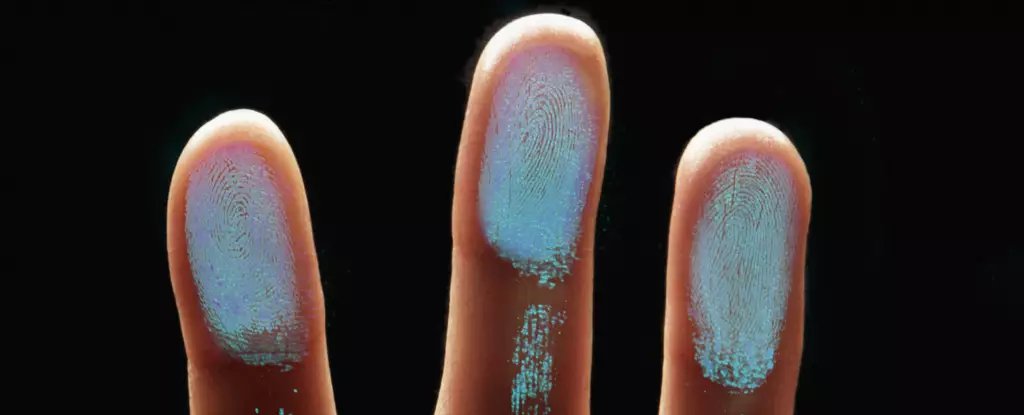From the aroma of fresh-cut grass to the smell of a loved one, scents play an integral role in our lives. We encounter them in various environments and even produce our own unique scent that sets us apart from others. The complexity of our scent is influenced by multiple factors, including genetics. One particular group of genes called the major histocompatibility complex is believed to significantly influence our body odor by encoding the production of proteins and chemicals that contribute to our scent. However, our scent is not static – it evolves as sweat, oils, and other secretions interact with microbes on our skin, creating a medley of odors that permeate our surroundings. This distinct scent can be utilized to track, identify, and differentiate between individuals, as well as provide insights into our health.
When you are near another person, you may sense their body heat and even catch a whiff of their scent without close proximity. The natural warmth of the human body generates a temperature differential with the surrounding air. This temperature difference leads to the creation of warm currents of air that encircle your body, helping disperse your scent. As you shed millions of skin cells throughout the day, these cells act as carriers for glandular secretions and resident microbes – the key components of your scent. They deposit these elements into the environment, forming a combination of volatile organic compounds (VOCs) that make up your unique odor profile. These VOCs result from the blend of sweat, oils, and trace elements secreted from your skin glands. Additionally, external sources such as perfumes and soaps can add tertiary components to your distinguishable odor. With such a range of factors influencing individual scent profiles, body odor can be utilized as a distinguishing feature and a means of identification in various settings.
Researchers have long been intrigued by the discriminative powers of human scent. Canine scent detection capabilities, for instance, rely on the assumption that each person’s scent is distinct enough to be distinguished from others. Studies conducted in the late 1980s demonstrated that dogs could differentiate between identical twins living apart and exposed to different environments based solely on their scent – a feat that DNA evidence could not accomplish due to their identical genetic codes. Over the years, the field of human scent analysis has expanded, leading to the discovery of compositional differences in human odor based on sex, gender, race, and ethnicity. For instance, a research study involving 105 participants found that specific combinations of 15 VOCs collected from individuals’ hands allowed for racial and ethnic classification accuracy rates of 72% for whites, 82% for East Asians, and 67% for Hispanics. Similarly, a combination of 13 compounds enabled the distinction between males and females with an overall accuracy rate of 80%. Furthermore, machine learning models have been developed to predict certain characteristics of individuals based on their scent, such as biological sex.
Beyond its applications in forensic science, odor research has also provided insights into medical assessments. Examples include seizure and diabetic alert canines, which can detect changes in their handlers’ body odors related to impending seizures or fluctuations in blood glucose levels. Additionally, dogs have been trained to detect cancer and, more recently, COVID-19 infections with impressive accuracy rates. Laboratory analysis of hand odor samples was found to discriminate between COVID-19 positive and negative individuals with a 75% accuracy rate. Human scent offers a noninvasive yet highly informative method of sample collection. Merely standing still or coming into contact with surfaces can transfer our odor into the surrounding environment, providing a valuable source of potential evidence in forensic and biomedical settings.
While the study of human scent analysis has made significant strides, it is still a developing field. Further research is crucial to deepen our understanding of the individuality of human scent and to explore the multitude of practical applications it holds. Imagine, for instance, a law enforcement officer collecting a scent sample from a crime scene with the hope of matching it to a suspect. Additional investigations into human scent analysis will undoubtedly fill the gaps in our knowledge and facilitate its adoption in various fields, ranging from forensics to biomedical research. By unraveling the intricacies of human scent, we unlock a world of untapped possibilities and invaluable insights into the essence of who we are.


Leave a Reply